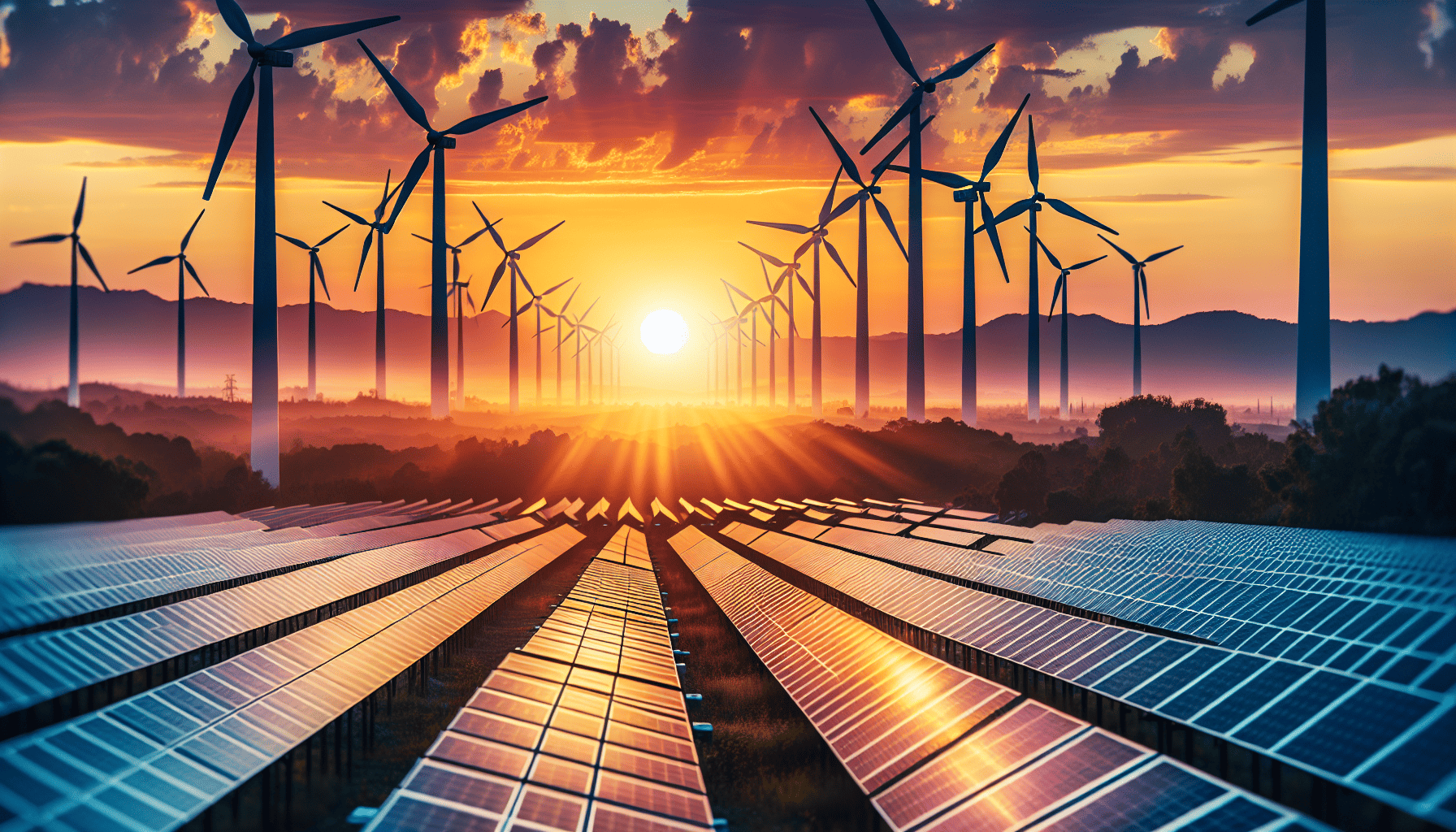As the world increasingly turns its attention to sustainable development, renewable energy stands out as a beacon of hope for a cleaner and greener future. Among the diverse array of renewable energy sources, solar and wind power continue to lead the charge, backed by a multitude of innovative technologies that promise to transform the energy landscape.
Solar energy, harnessing the power of the sun, is undergoing a remarkable evolution. Traditional photovoltaic cells are gradually being complemented by a variety of new technologies designed to capture the sun's energy more efficiently. Perovskite solar cells, for example, are making waves due to their potential to deliver high efficiency at a lower cost. These cells boast a unique crystal structure that can be manufactured using inexpensive materials, and their ability to be integrated onto flexible surfaces opens up endless possibilities for their deployment in urban environments.
Another promising innovation is the development of bifacial solar panels, which are designed to absorb sunlight from both the front and rear surfaces. This approach increases the total energy yield, especially when installed in high-albedo environments where the ground reflects a significant amount of sunlight back onto the panels. Paired with the expansion of solar power are battery storage solutions that ensure energy is available even when the sun isn't shining. Advances in lithium-ion technology, and the emergence of solid-state batteries, are expanding the efficiency and longevity of energy storage systems, making solar a more reliable energy source.
Wind energy, likewise, is experiencing a technological renaissance. Modern wind turbines are becoming larger and more efficient, capable of generating more electricity from lower wind speeds. Offshore wind farms, in particular, are benefiting from these advancements due to the steady and robust wind conditions available at sea. Recent innovations include floating wind turbines, which are anchored to the sea floor and are therefore less constrained by depth and distance from the shore. This technology has the potential to tap into vast amounts of untapped wind resources, expanding the reach of wind energy significantly.
Beyond existing technologies, innovations such as airborne wind turbines are emerging. These devices operate at higher altitudes, where winds are stronger and more consistent. By tethering the turbines to the ground, airborne systems promise to deliver more energy with reduced material costs.
Looking at other emergent renewable technologies, wave and tidal energy systems are gaining momentum. These systems capture the energy of ocean waves and tides, which are both predictable and abundant. The consistent nature of marine energy makes it an incredibly attractive prospect for providing a steady and reliable power source.
Additionally, green hydrogen production, utilizing renewable electricity to generate hydrogen from water, is being explored as a key component in future energy systems. Hydrogen has the potential to serve as a versatile energy carrier, useful in a wide array of applications ranging from fuel cells for vehicles to high-temperature industrial processes.
These innovations in renewable energy are bolstered by the integration of smart grids and artificial intelligence, which enhance energy distribution efficiency and reliability. Smart grids utilize sensors and data analytics to optimize energy flow, significantly reducing wastage and facilitating the integration of distributed energy sources.
Ultimately, the continued investment in and deployment of cutting-edge renewable technologies not only promises to reduce our carbon footprint but also to create new economic opportunities and increase energy security worldwide. As we embrace these innovations, the vision of a cleaner, more sustainable future becomes ever more tangible, paving the way for societies to thrive while protecting the planet for future generations.
